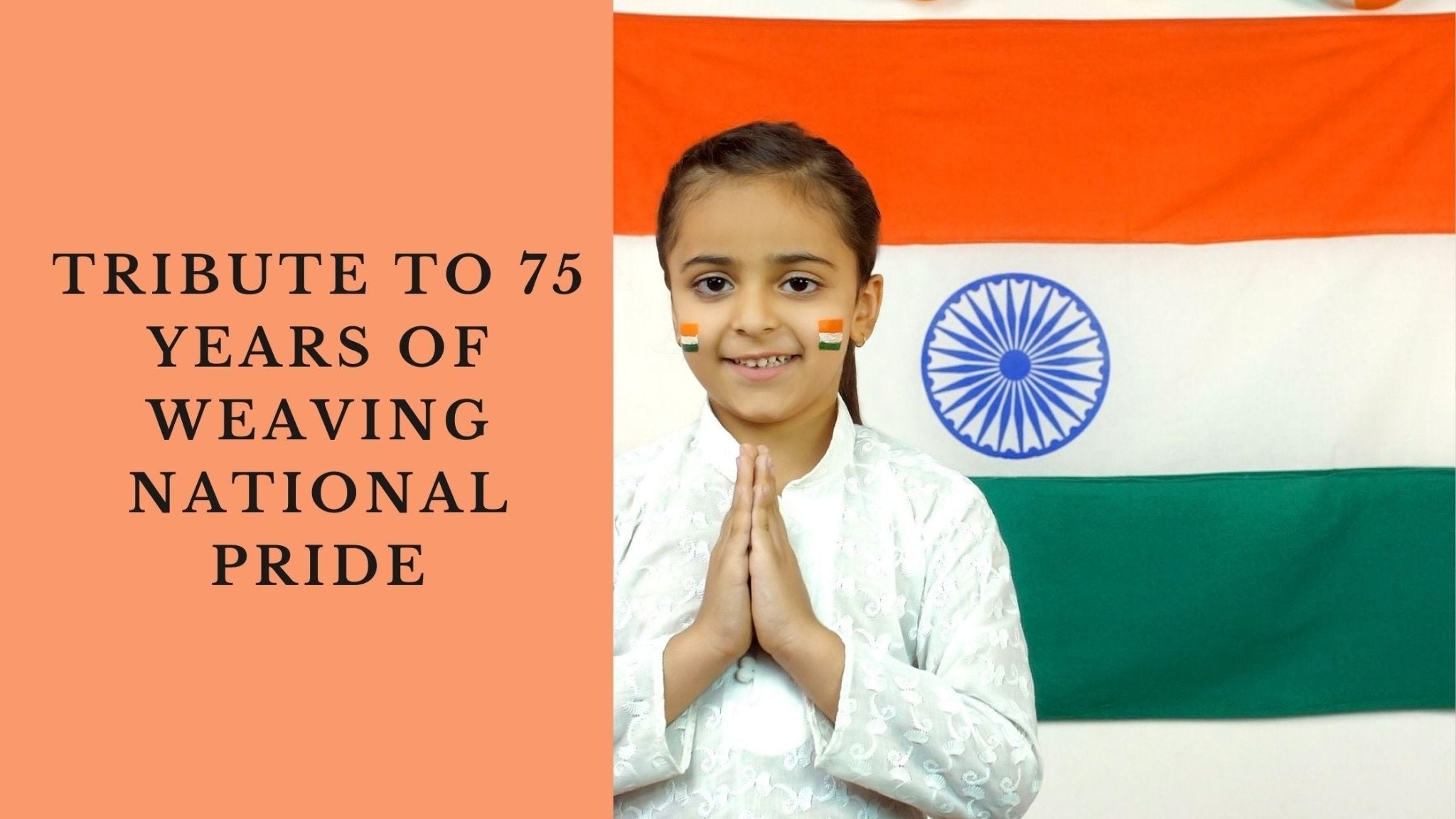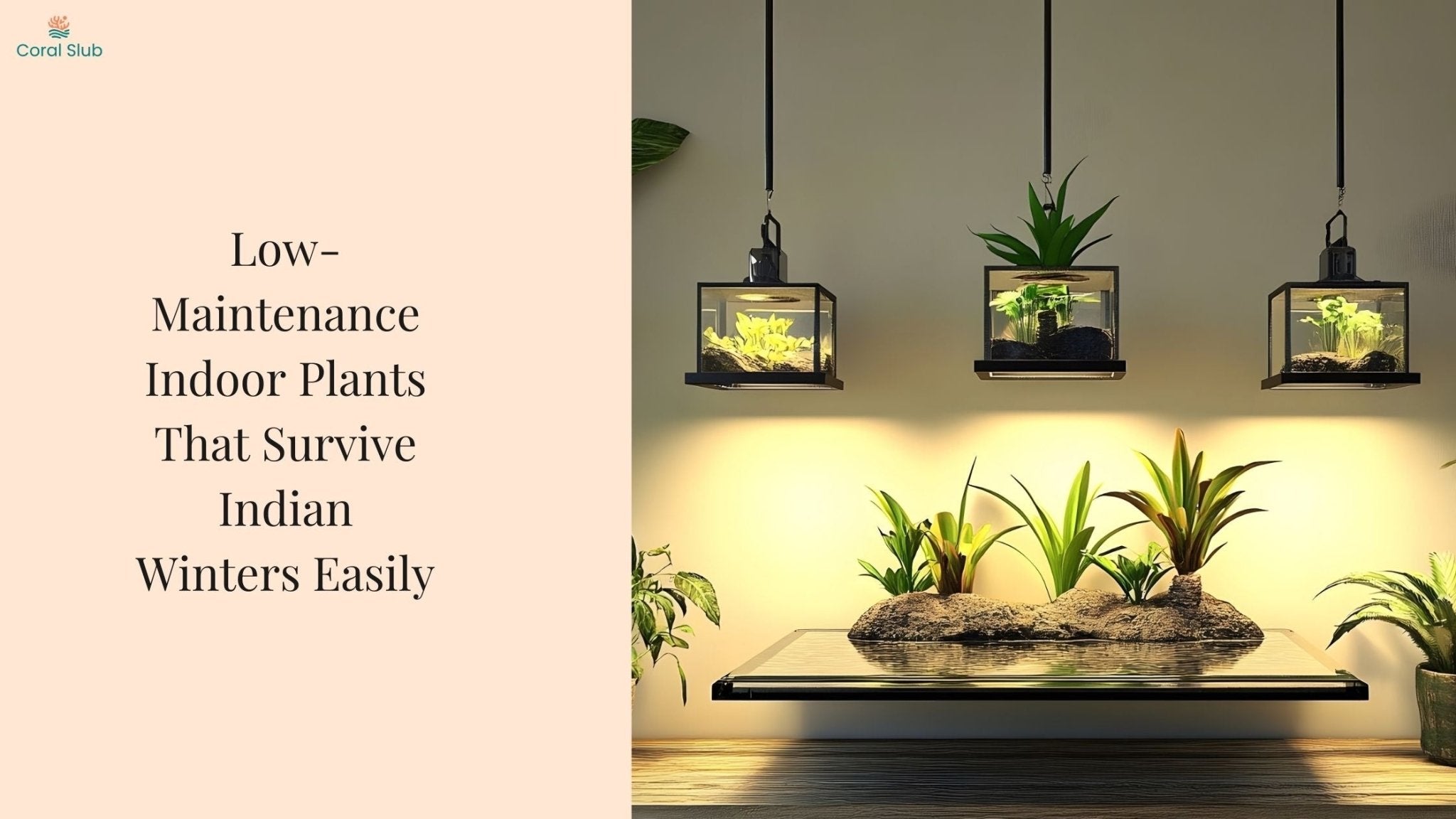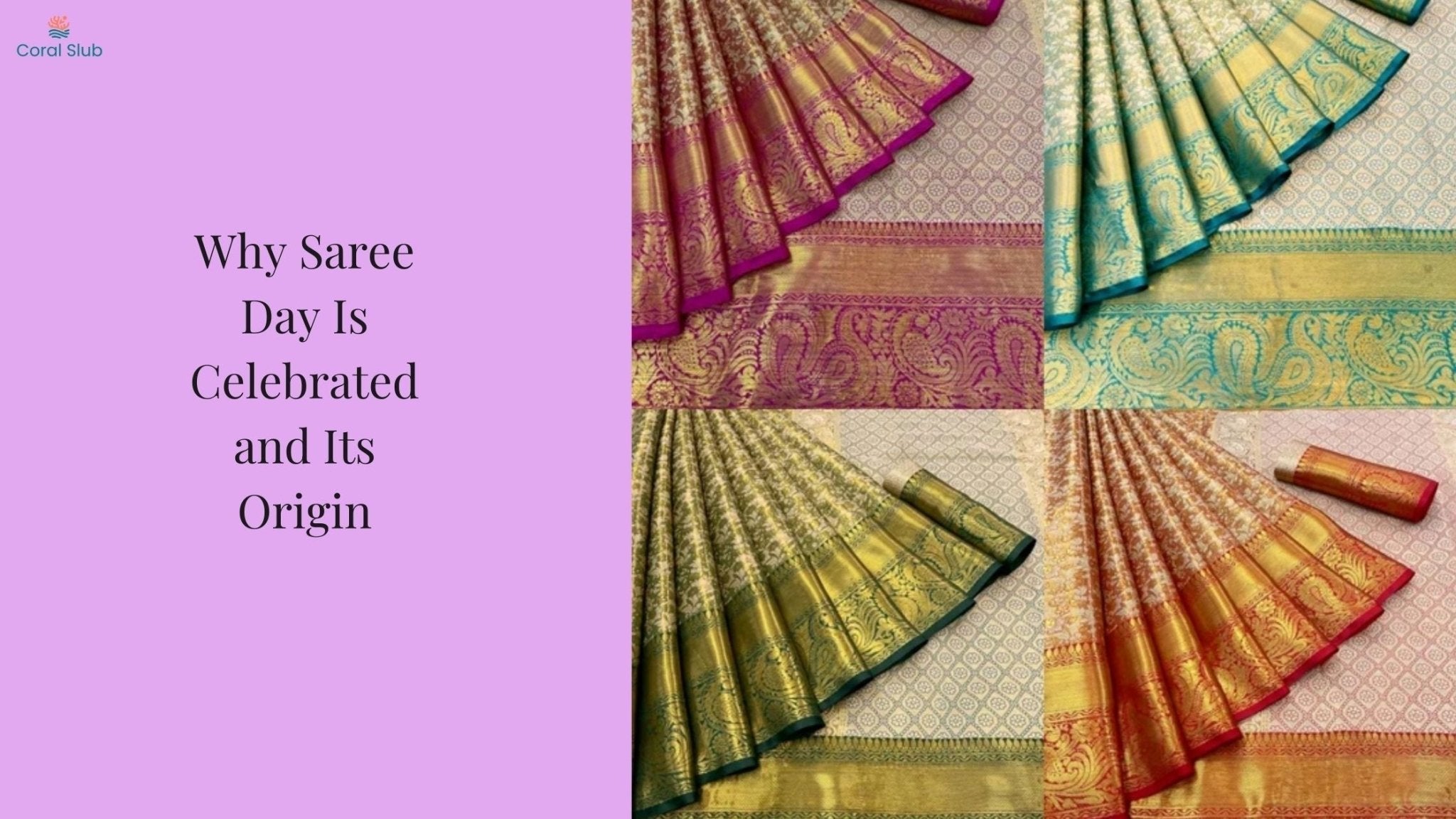As India prepares to celebrate its 75th Republic Day on January 26, 2025, there's no better time to reflect on how the handloom sector has evolved since the Constitution came into effect in 1950. The journey of Indian handloom mirrors our nation's progress, weaving together the threads of tradition, innovation, and economic growth into the fabric of our national identity.

From Constitutional Recognition to Modern Growth When India adopted its Constitution on Republic Day 1950, handloom was primarily a cottage industry. Today, as we approach Republic Day 2025, it stands as the second-largest employment sector after agriculture, showcasing the remarkable transformation of our traditional crafts. This sector now employs over 4.5 million people, contributing significantly to both our cultural heritage and economic strength.
From Ancient Roots to Modern Revival

Dating back to the Indus Valley Civilization, Indian handloom has showcased our nation's artistic prowess for over 5,000 years. What began as a craft in Mohenjo-Daro and Harappa has evolved into the second-largest employment sector after agriculture, employing over 4.5 million people and contributing significantly to India's economic landscape.
The Economic Tapestry

Independence to the Digital Age The handloom sector's growth since our first Republic Day has been remarkable. From humble beginnings, it now generates 13% of export revenues while contributing 4% to the national GDP. Annual exports valued at approximately ₹44,000 crore reflect how far we've come since 1950, when handloom was primarily focused on domestic markets.

Celebrating Unity in Diversity Through Weaves As we prepare for another Republic Day celebration, it's worth noting how handloom represents our constitutional value of unity in diversity. Each region's unique weaving traditions – from West Bengal's Baluchari to Gujarat's Patola showcase India's cultural mosaic. This diversity in weaving traditions perfectly embodies the spirit of Republic Day, celebrating our unified identity through varied cultural expressions.
Republic Day and Women's Empowerment

The constitutional promise of equality finds beautiful expression in the handloom sector, where 71.4% of the workforce comprises women. This gender empowerment aligns perfectly with our constitutional values, making handloom a true representation of Republic Day ideals in action.
Government Initiatives

Post-independence, the government has implemented numerous initiatives to preserve and promote this cultural heritage. The National Handloom Development Programme (NHDP) works alongside the Market Access Initiative (MAI) to create sustainable growth opportunities. The MUDRA scheme has provided crucial financial support, with loans worth ₹891.09 crore empowering artisans across the country. The Raw Material Supply Scheme (RMSS) ensures consistent access to quality materials, while the Government e-Market (GeM) platform connects artisans directly with buyers.
Digital Revolution in Traditional Crafts

The marriage of tradition with technology has opened new avenues for growth. Social media platforms now enable direct connections between sellers and buyers, while e-commerce opportunities have expanded the reach of artisans. Digital documentation preserves traditional techniques for future generations, and online marketing helps these crafts reach global audiences.
Republic Day 2025

A New Chapter for Handloom With Republic Day 2025 approaching, the handloom sector stands at an exciting crossroads. The global sustainable fashion market's projected growth to $15.2 billion by 2025 opens new opportunities for Indian handloom on the world stage. This growth aligns perfectly with the vision of self-reliance that our Constitution's founders envisioned.
Conclusion
Indian handloom isn't just about creating fabric; it's about weaving together our past, present, and future. As we look ahead, the sector continues to be a crucial element in preserving our national identity while adapting to modern demands and global markets.
Each handloom piece tells a story - of our heritage, our artisans, and our journey as a nation. As we celebrate 75 years of growth in this sector, we're not just preserving a craft; we're nurturing the very essence of Indian culture and identity. Through the threads of tradition and innovation, the textile industry continues to strengthen the fabric of our national identity, proving that ancient craftsmanship can thrive in the modern world while maintaining its authentic charm and cultural significance.








